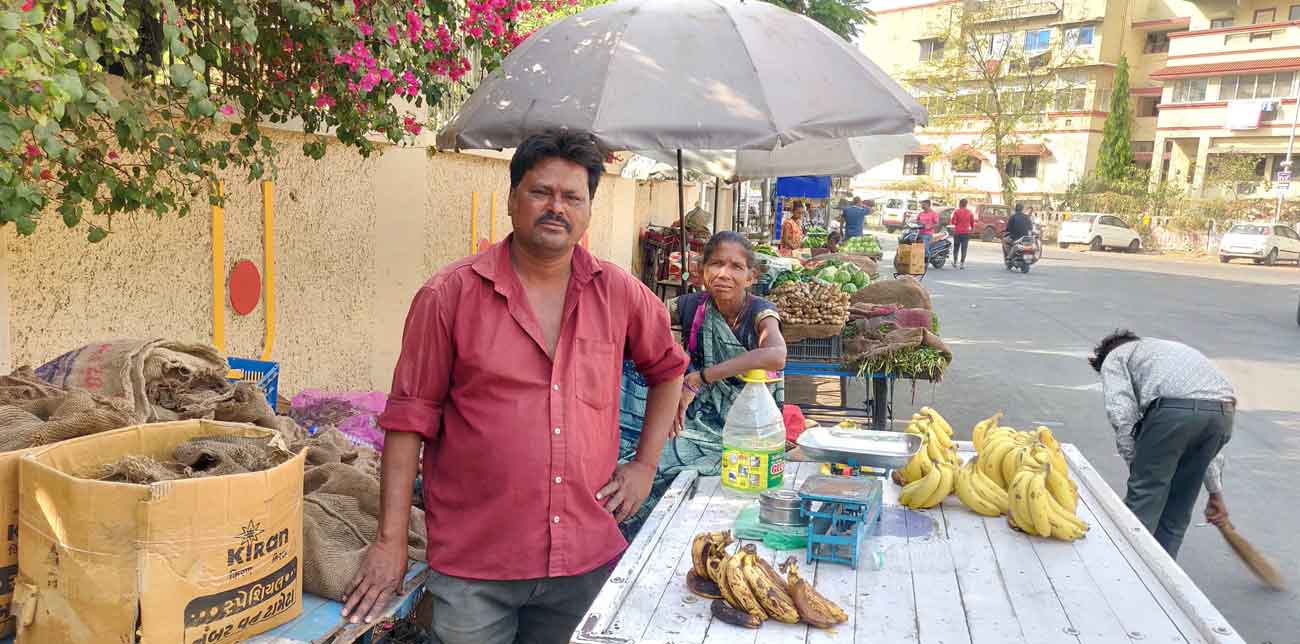
By Dr. Nibedita S. Ray-Bennett, Avoidable Deaths Network, UK
The Special Issue Heatwave Deaths Are Avoidable is released to mark the first year of the Avoidable Deaths Network’s (ADN) Global Campaign ‘International Awareness Day for Avoidable Deaths’ (IAD4AD) on 12 March 2024.
I congratulate Mr Mihir Bhatt and his team at the All India Disaster Management Institute (AIDMI) for bringing this Special Issue to fruition. The Newsletter consists of 17 articles written by 22 national and international authors representing more than four countries. The articles bring forth the debilitating impact of heatwaves on health, livelihood, critical infrastructure and ecosystems across time, space and scale. The articles are short, succinct, and easy to read. I am confident this newsletter will act as an excellent reference point for readers now and in the future.
Heatwave disasters are one of the most pressing issues of the second half of the 21st century and beyond. The direct impact of this type of disaster is mortality and morbidity. Both outcomes are detrimental to sustainable human development. Therefore, it is paramount that international, national and local governmental and non-governmental organisations including the at-risk community prioritise taking action to reduce the impact of mortality or disaster deaths and morbidities from heatwaves.
I am the convenor of ADN – a global-local membership network of more than 800 members dedicated to reducing avoidable deaths from natural hazards, naturally triggered technological hazards and human-made hazards. ADN is based at the University of Leicester in the UK and Kansai University in Japan.
Four important questions underpin ADN’s research, enterprise, engagement, and outreach activities:
I used these questions to review the articles and I found answers that are informative and merit attention from policymakers and practitioners to bring positive change to reduce avoidable heatwave disaster deaths.
Tribal people (Saxena et al., (Article 3) and Rao and Sahoo (Article 7)); daily labourers, small vendors (Nanda (Article 6); economically and socially marginalised urban residents, e.g., those living in informal settlements (Fernandes Article 14); and children, the elderly, and people who are chronically ill (Liaio and Cai (Article 15)) carry the most burden of avoidable heatwave disaster deaths. The data from these articles demonstrate that circumstances surrounding these deaths vary based on occupation, place of residence, socioeconomic status, pre-existing morbidity, vulnerability by age, environmental risk, and individual and the community’s risk-taking behaviours (among others).
The responsibility to reduce the impact of heatwave disaster deaths and morbidities at household and population levels does not lie with one stakeholder but with multiple stakeholders at different levels and spaces. The decision-making to save lives with actionable solutions then lies with different sectors, organisations, and individuals (see Yadav – Article No. 18).
Hazard mitigation and management that requires a cross-sectoral and multi-stakeholder approach can be challenging. Authors offer novel approaches to overcome this challenge by using a cultural theory of risk by Morgner (Article 26); a whole-of-society approach by Fernandes (Article 14); AIDMI’s strength-based appreciative inquiry approach (Article 13); Kerala State Disaster Management Authority’s pro-active approach (Article 4); and data science that informs decision approach (Article 8) (among others).
The articles also bring forth evidence-based strategies, plans, and actions for self-care and collective care to mitigate the impact of heatwaves. For instance, Saxena et al., and Rao and Sahoo’s indigenous self-care practices; AIDMI’s Heatwave Early Warning System and eight preventable strategies to reduce heatwave-related deaths in India, and Heatwave Guide for Red Cross Red Crescent Branches (among others).
As our human-built environment continues to heat up due to the changing climate, it is paramount we understand how the heatwave disasters impact our bodies and minds (see Nanda and Ekezie’s articles). It is also important to understand the circumstances that lead to avoidable heatwave deaths to derive context-specific solutions. Although heatwave disasters are a global problem (see Ghadiali Article 18), they require local solutions to save the lives of the most vulnerable groups in low and high-income countries.